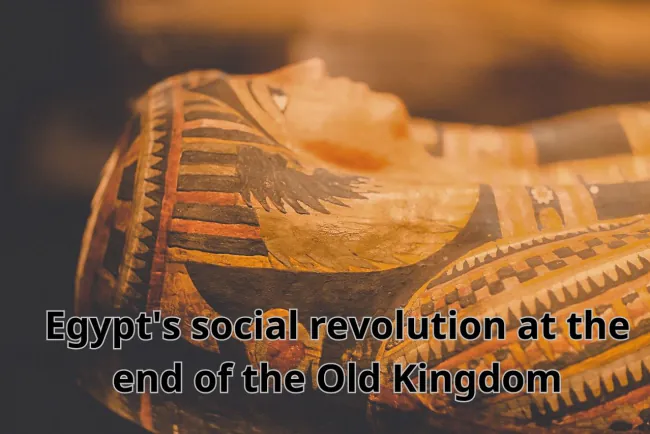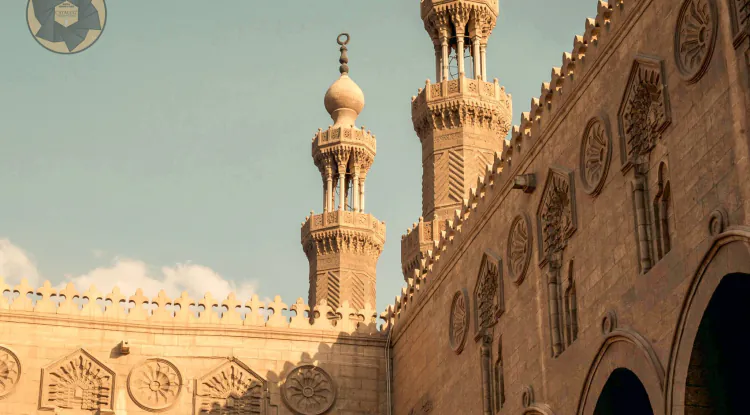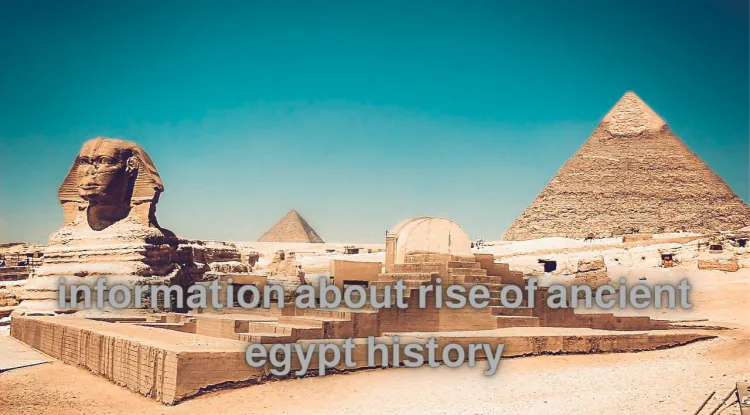Political propaganda in ancient Egypt "Dream Stela"
The dream stela is a commemorative stela that Pharaoh Thutmose IV ordered to be placed between the outstretched hands of the Sphinx in Giza, in commemoration of a dream that this pharaoh had before he ascended the throne of Egypt in 1401 BC.

Dreams had a special place among the ancient Egyptians, and they recorded the dreams they saw in their sleep on paintings to immortalize them, pointing out that according to many opinions, dream paintings among the ancient Egyptians were a kind of political propaganda for the king, out of his desire to prove his legitimacy in rule, so he used to make these... The painting claims the dream idea in order to give himself legitimacy and that he assumed the throne by divine rule.
what is the dream stela?
Between the feet of the Sphinx at the foot of the Giza Plateau, which is famous for its eternal pyramids, there is a painting called the “Dream Painting.” This painting has a great story, as the lines written on this painting tell that King Tuthmosis IV, one of the kings of the Eighteenth Dynasty of the New Kingdom era, was hunting near From the pyramids, he felt tired, so he slept near the head of the Sphinx.
King Thutmose IV saw in his dream a revelation telling him that he would become king, but he must remove the sand that covered the body of the Sphinx. After a few years, Thutmose IV was able to ascend the throne in Egypt.
During the first year of his rule, he ordered this dream to be recorded on a large plaque, to be placed in front of the Sphinx’s extended hands after removing the sand from the Sphinx. This was about 1,300 years after the construction of the Sphinx, as the date of its construction dates back to the era of King Khufu and King Khafre, i.e. 2600-2700 BC
We find that this story is nothing but political propaganda for the new ruler, through which Tuthmosis IV wanted to imbue himself with the divine character and gain divine legitimacy in his presence on the throne, which would support the pillars of his rule and make the people subject to his submission. Tuthmosis IV was actually able to do that, and here it is. The dream painting has remained to tell us this beautiful story.
Tuthmosis IV:
King Thutmose IV, the son of King Amenhotep II. King Amenhotep II had several sons competing to succeed their father, the pharaoh Al-Riyadi. Among the tricks of King Thutmose IV’s rise to power was that he claimed to have seen the god Ra in his sleep, and the details of this dream are engraved on the dream tablet between the claws of the famous Sphinx on the Giza Plateau.
It seems that the last good deed performed by “Thutmose IV” was the erection of the obelisk of his grandfather, “Thutmose III,” which he carved and remained in its place for thirty-five years, after which he ascended to heaven, and the duration of his reign did not exceed eight months and nine years, as he mentioned to us.” "Manitone."
What's Your Reaction?





















